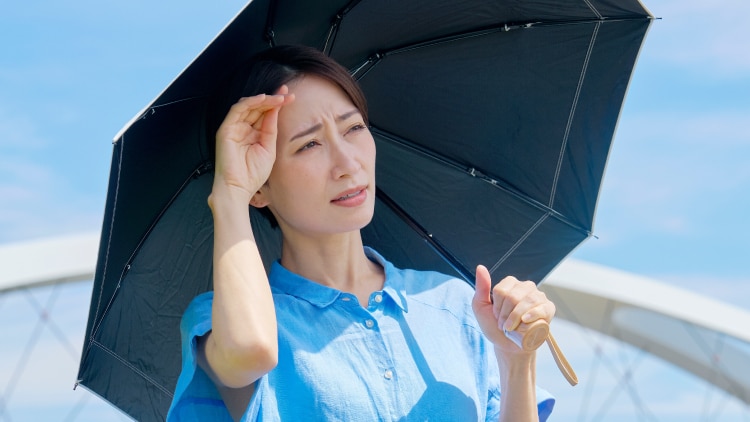

6 Ways to Prevent Heatstroke in Summer + Recommended Cooling Gadgets
Summer heat not only makes us feel irritable but can also lead to health issues like heatstroke and dehydration. Especially during outdoor activities or in poorly ventilated work environments, once the body’s heat balance is disrupted, symptoms such as dizziness, nausea, and dry skin can occur. To help you enjoy summer safely, this article shares practical methods to prevent heatstroke and recommends popular cooling gadgets to keep you refreshed all summer long.
Methods to Prevent Heatstroke in Summer
1. Avoid Going Out During High-Temperature Hours
The temperatures around noon in summer are the hottest, and UV rays are strongest. It is advisable to schedule activities for the morning or evening. If you must go out during high-temperature periods, try to shorten your stay and find shady or covered places to rest.
2. Stay Hydrated
Heatstroke is often related to dehydration, so maintaining adequate fluid intake is crucial. It’s recommended to carry a water bottle and drink regularly, even if you don’t feel thirsty. Avoid drinks containing alcohol, caffeine, or high sugar, as these can accelerate fluid loss and increase the risk of dehydration.
3. Wear Appropriate Clothing
Clothing directly affects your ability to regulate body temperature. Choose light-colored, loose-fitting, breathable cotton or cooling fabric clothing to reduce heat absorption and promote sweating. Wearing a hat and sunglasses can further protect against the sun and lower the perceived temperature.
4. Use Sunscreen
Sunscreen is not just for preventing sunburn; it’s key to avoiding sunburn and heatstroke. Apply sunscreen 30 minutes before going out and reapply every two hours. When outdoors, use an umbrella, wear a sun-protective jacket, or a hat to reduce UV damage to the body.
5. Ensure Good Ventilation and Use Air Conditioning When Necessary
Stuffy indoor environments can increase the risk of heat accumulation in the body, raising the risk of heatstroke. It’s advisable to open windows for air circulation and use fans to promote airflow. When temperatures are excessively high, turning on the air conditioner to maintain indoor temperatures around 25-27°C can help create a comfortable environment, especially for the elderly, children, and those with chronic illnesses.
6. Take Breaks and Use Physical Cooling Methods
When working or exercising in high temperatures, take breaks periodically to allow your body to cool down. You can use a damp towel, ice packs, or cooling patches on your forehead, neck, and armpits to quickly lower your temperature. Maintaining good sleep habits and getting enough rest also help the body regulate its temperature.
2025 Cooling Gadgets Recommendations
To face the summer heat, proper preparation is essential to enjoy the sun without suffering from heat-related issues. From daily attire and diet to environmental adjustments, all are important parts of preventing heatstroke. Coupled with various practical cooling gadgets, you can stay cool anytime, anywhere. Don’t let the heat disrupt your life; take proactive measures and enjoy a refreshing summer!
Prevent Heatstroke Q&A
Q: What are the common symptoms of heatstroke?
A: Common symptoms include headaches, dizziness, nausea, dry skin, rapid heartbeat, and confusion; severe cases may lead to unconsciousness, requiring immediate medical attention.
Q: What should I do if I suspect someone has heatstroke?
A: Move them to a cool, ventilated area, provide fluids, and use ice packs or damp towels to cool them down. If there are signs of confusion or persistent vomiting, seek medical help immediately.
Q: How can children and the elderly specifically prevent heatstroke?
A: These groups are more sensitive to temperature changes. They should avoid going out during high-temperature periods, stay hydrated, and use air conditioning at home to cool down.
Q: Do sports drinks help prevent heatstroke?
A: Sports drinks can replenish electrolytes but are often high in sugar. They should be consumed in moderation alongside water.
Q: Does using air conditioning every day affect health?
A: As long as the temperature difference between indoors and outdoors is not too great (ideally not exceeding 8°C) and humidity and ventilation are maintained properly, it generally does not negatively impact health.

